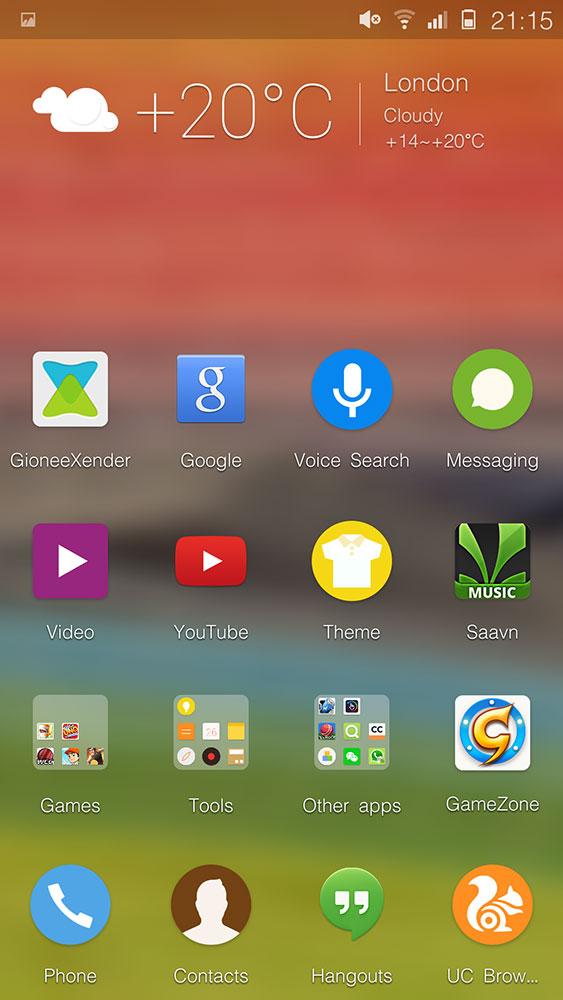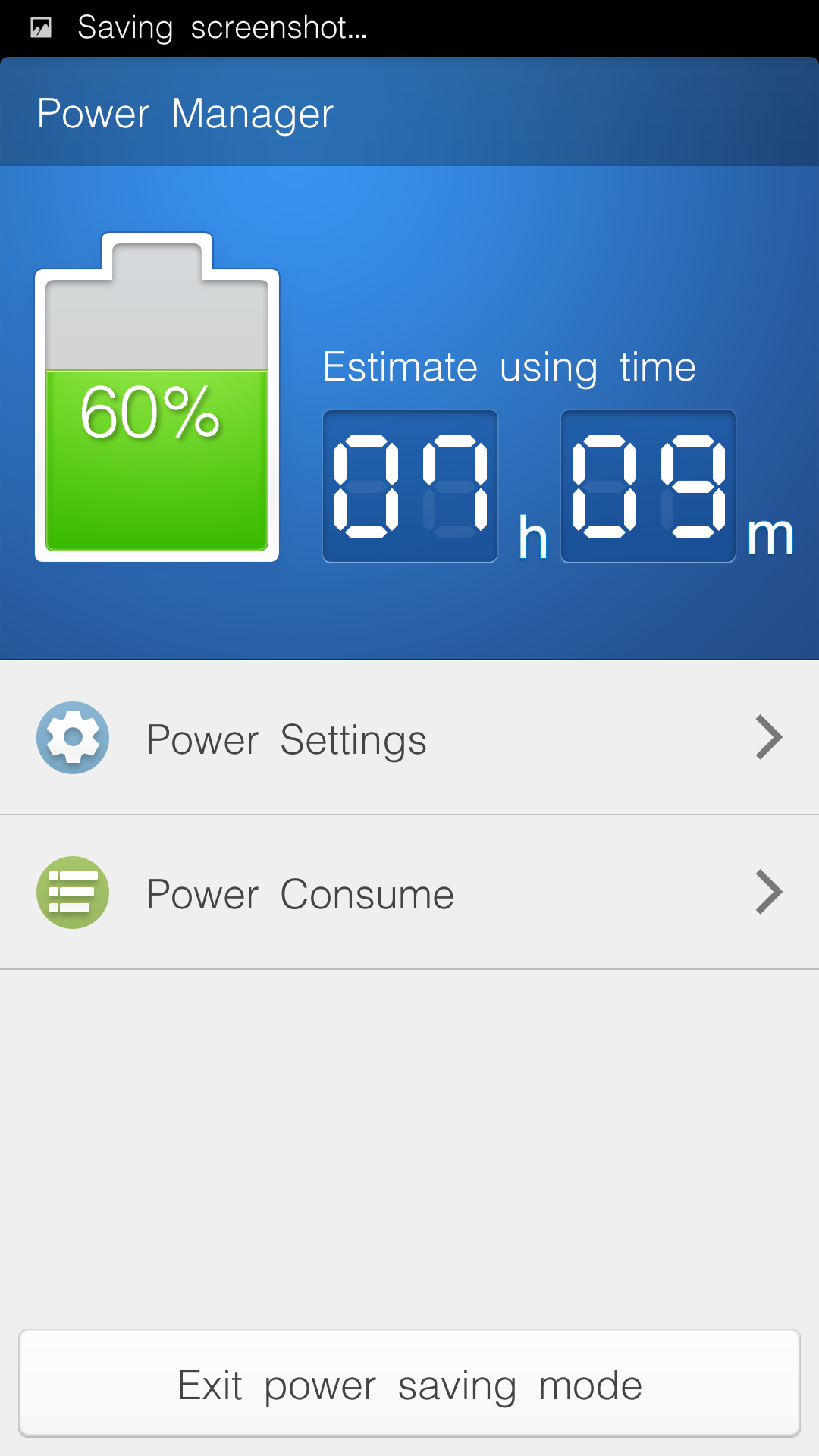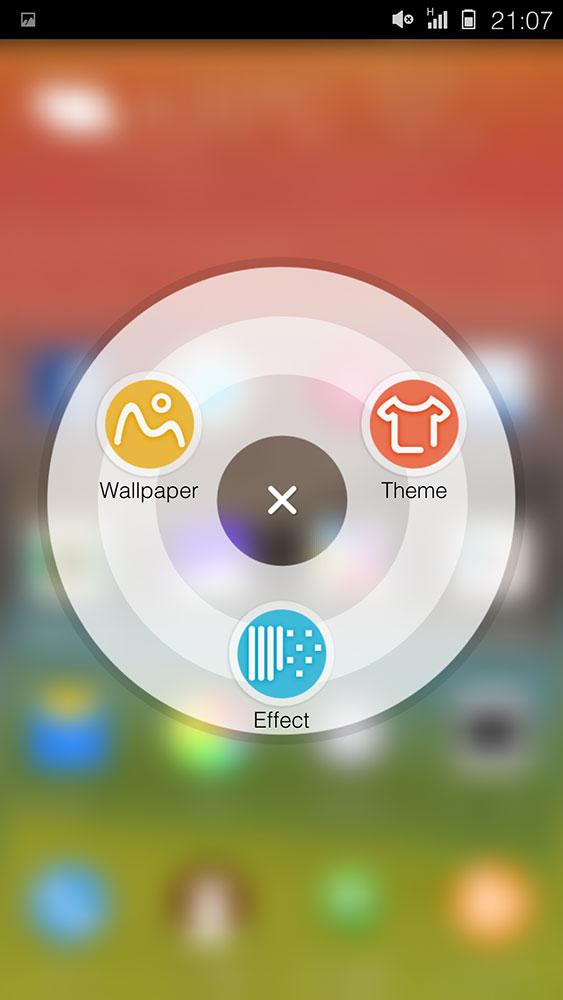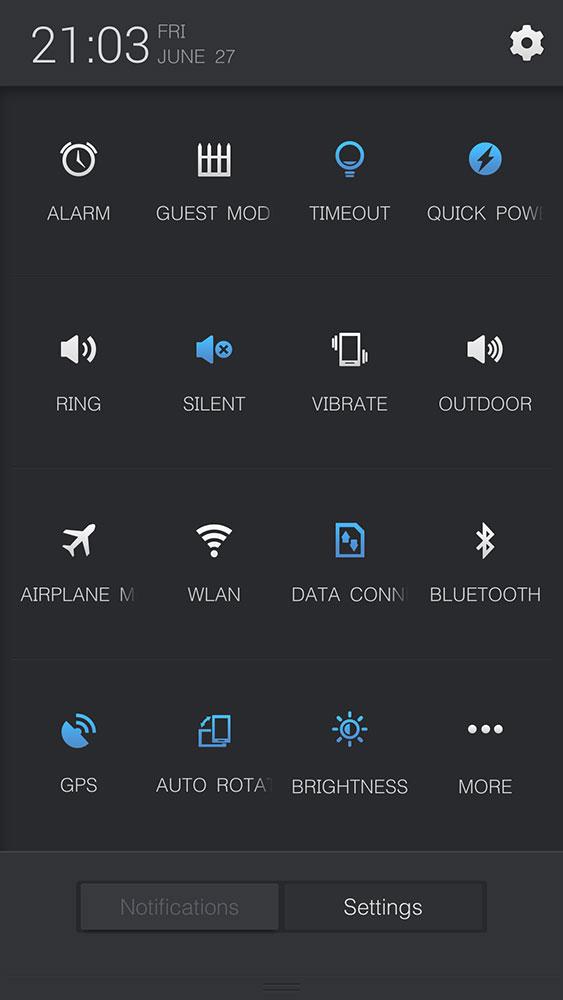
“Chinese manufacturer Gionee is here to dispel the myth that all smartphones designed and produced in China aren’t worth buying. It’s doing so with the elife S5.5, the current holder of the world’s thinnest smartphone title.”
- Excellent design and build quality
- Super thin chassis
- Fast octa-core processor
- Attractive user interface
- Too much software bloat
- Poor User Interface performance
- Amigo 2.0 UI
- Volume/power buttons too large
- Mediocre camera software and performance
For a claim to fame, “World’s thinnest smartphone” isn’t a bad one. The record is currently held by Gionee, a name with which many will be unfamiliar, but the Chinese company is currently making a big push into the world’s emerging smartphone markets. The phone is the Elife S5.5, and it measures a mere 5.5mm thick. As a comparison, the iPhone 5S is 7.6mm thick, and even the super thin iPod Touch is a comparably porky 6.1mm.
We had some brief hands-on time with the S5.5 during Mobile World Congress, but have been lucky enough to spend some more time with the device since then. It has been interesting, not just because of the phone’s slim size, but also because it uses a heavily modified version of Android. How does a
Hands on video
Thinner than a supermodel on a diet
Guess what? The S5.5 is really, really thin. Stack the normally slim iPhone 5 on top of the Gionee phone, and Apple’s device looks overweight. Pop it on top of the new LG G3, and the difference is even more noticeable. It’s questionable whether the slim chassis makes the S5.5 more attractive, but there’s no denying the level of engineering that has gone into its creation.
Stack the normally slim iPhone 5 on top of the Gionee phone, and Apple’s device looks overweight.
However, despite some curving on the edges, the phone can feel sharp in the hand. Otherwise, the Elife S5.5 is solid as a rock, with absolutely no flex or creaks. Forget what you think you know about Chinese designed and produced smartphones, the Gionee Elife S5.5 is proof the stereotype doesn’t always apply.
Perhaps the least attractive aspect of the Elife S5.5 is the amount of bezel above and below the screen — each section is almost identical in size to the iPhone 5’s bezel, and although the edging isn’t that big, the white color scheme does accentuate its size. Below the display are three standard
Cool design let down by poor software
If the look of the S5.5 is its high point, then the software is its lowest. Our test device ran
Gionee’s app selection is a mixed bag. For example, the UC Browser is installed as standard, which is feature packed but annoyingly slow. In addition to the Gmail app, there’s an unknown email app for other accounts, and sadly Google’s newly released standard email app wasn’t compatible with the S5.5.
Moving on to the positives, the Amigo 2.0 UI relies on some intuitive gestures, such as a swipe down on the home screen to lock the device, and a swipe up to reveal the recent app list. Like Huawei, Gionee has abandoned Android’s app drawer and dumped all the icons across multiple screens. The notification drawer has been split into two, and requires a button tap to switch between messages and settings. Unlike other parts of the UI, this looks old and clunky. There’s nothing fundamentally wrong with Amigo 2.0, it just feels a little unrefined, and we yearned for stock
There were at least 25 non-standard apps pre-installed, ranging from a decent music app and a pointless cricket app, to a business card scanner and a selection of game demos. Messing around deleting these was a pain, and reorganization of apps we wanted to use was time consuming. The industry has been changing for the better in this regard, but the Gionee is still stuck in the past.
Octa-core chip makes it fast
Gionee has chosen MediaTek’s MT6592 octa-core processor to power the S5.5, and given it 2GB of
If the look of the S5.5 is its high point, then the software is its lowest.
The S5.5 has a Super AMOLED touchscreen which measures 5-inches and has a 1080p resolution. As you would expect, it’s incredibly bright and colorful, and several people commented on how beautiful it looked.
Camera blighted by problems
There are two cameras on the S5.5, a 13-megapixel on the rear, and a 5-megapixel on the front. Snapping away with the rear camera immediately highlights the Gionee’s main issue: its software. Tap the shutter button, and after the phone takes the picture, there is a three second wait while it processes the image. We know, because there’s a big box telling us so, and we can’t do anything else until it’s done. No, three seconds isn’t very long, but it’s very annoying if we realize we can take a better picture, but then have to wait for the phone to sort itself out.

Despite its lethargy, the Gionee can take good pictures, with colors coming through well, and limited noise in low-light situations. However, it did produce some less than satisfactory results with the
Battery life doesn’t suffer too much
Stuffing a big battery into a phone only 5.5mm thick was always going to be impossible, so perhaps the 2,300mAh cell inside the Elife S5.5 is the best we could expect. For its size, its performance is quite impressive, and two days of average use was achievable. There’s also a power saving mode once the battery gets low, which gives it some extra standby time.
However, connecting a Pebble smartwatch and using the camera saw that time diminish by at least half, making a day’s use more realistic for the heavy user.
Tough to recommend, despite cool design
The main reason anyone will be eyeing up the Gionee elife S5.5 is because of its design and the super slim chassis. If that’s all you’re interested in, you’ll be satisfied. It’s good looking, well made, and is suitably different to most other
However, you must have a forgiving soul if you’re going to use it everyday. The software isn’t up to the standards set by Sony, LG, or HTC and if you’ve used stock
Because the software is a let down, it makes the phone difficult to recommend even though we’re impressed with the hardware quality. It’s one for the dedicated
Under the Gionee name, the S5.5 is sold in various countries around the world, but anyone keen to get their hands on one in the U.S. should take a look at the Blu Vivo IV, which is exactly the same phone in all but name.
Highs
- Excellent design and build quality
- Super thin chassis
- Fast octa-core processor
- Attractive user interface
Lows
- Too much software bloat
- Amigo 2.0 UI
- Volume/power buttons too large
- Mediocre camera software and performance
- Poor user interface performance
Editors' Recommendations
- Fixing your broken Samsung phone is about to get easier
- Samsung Galaxy Z Flip 5 price: here’s exactly how much it costs
- Here’s how fast 5G on your Samsung Galaxy S23 really is
- Think twice before updating your Samsung phone to One UI 5.1
- Samsung brings the Galaxy S23’s new software to older phones















